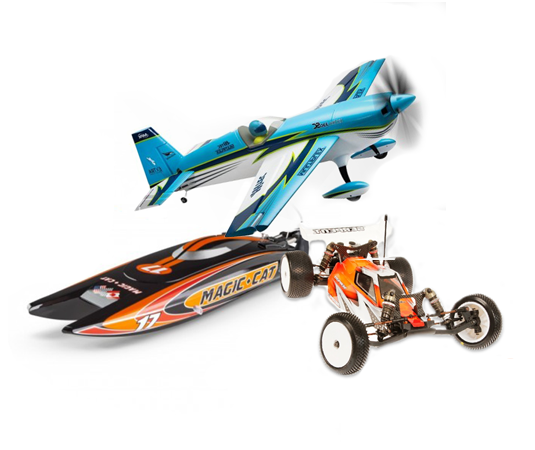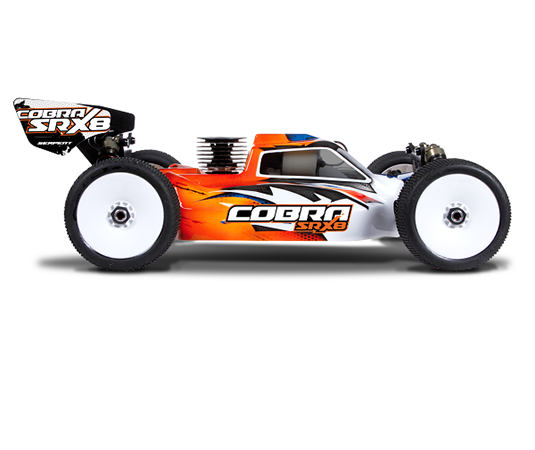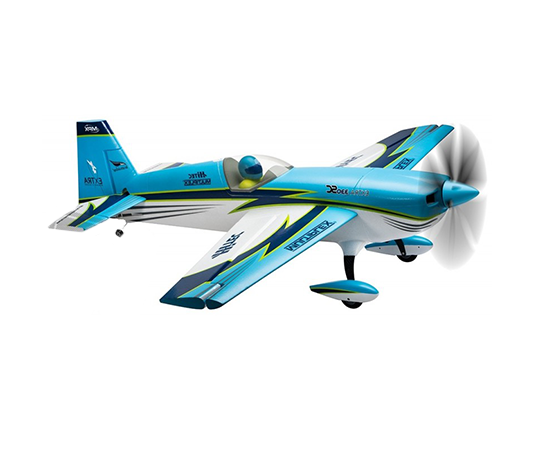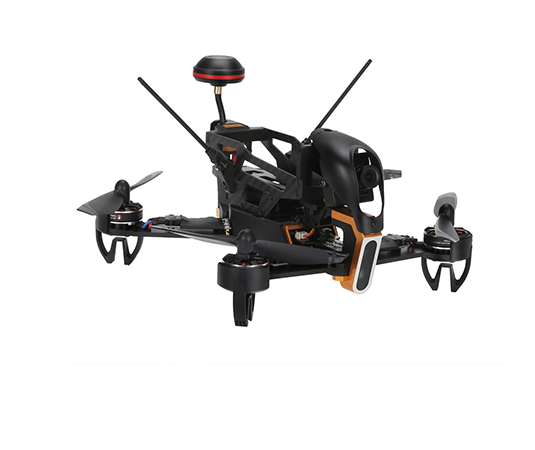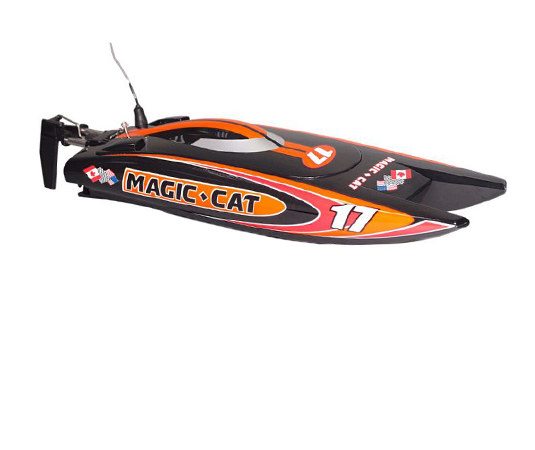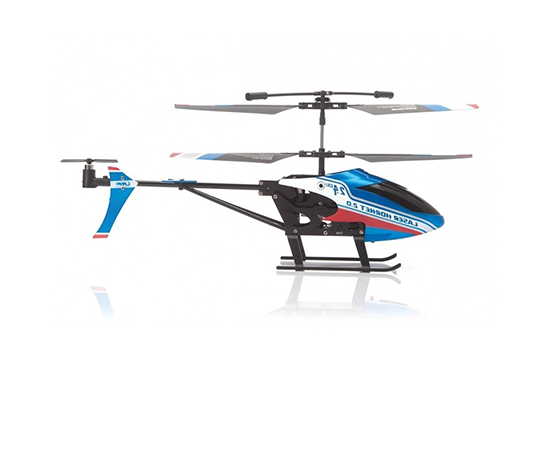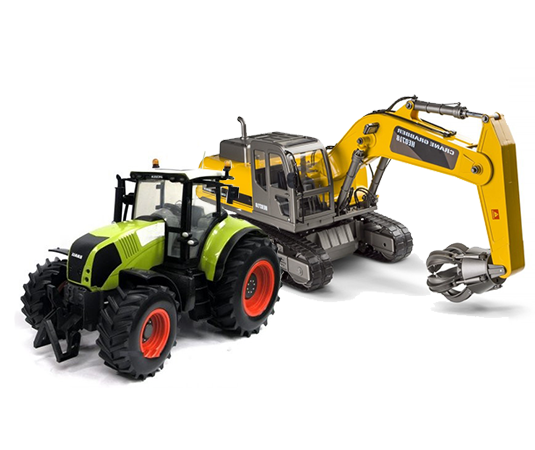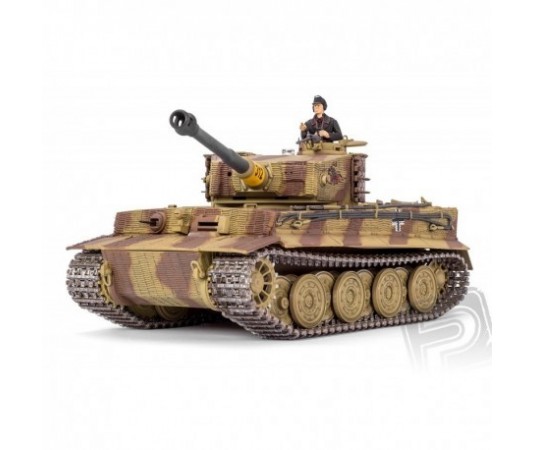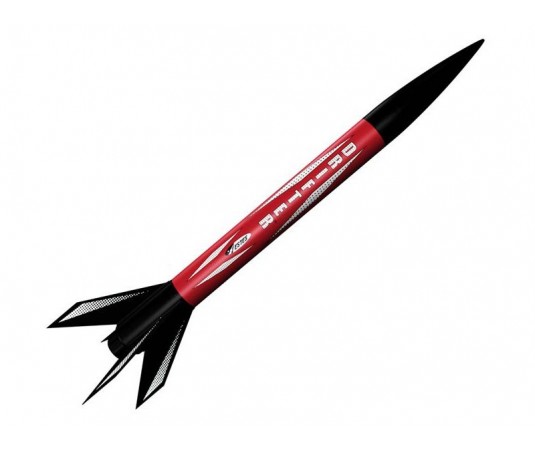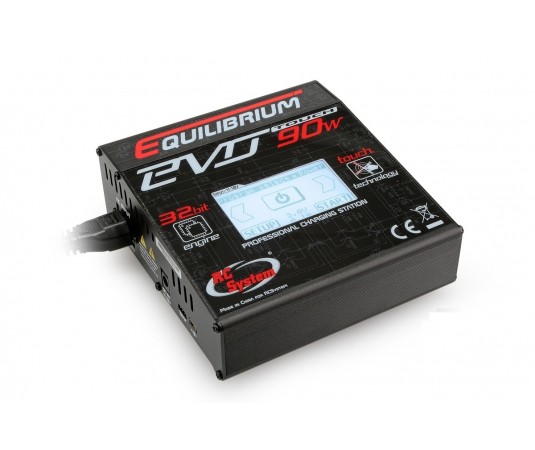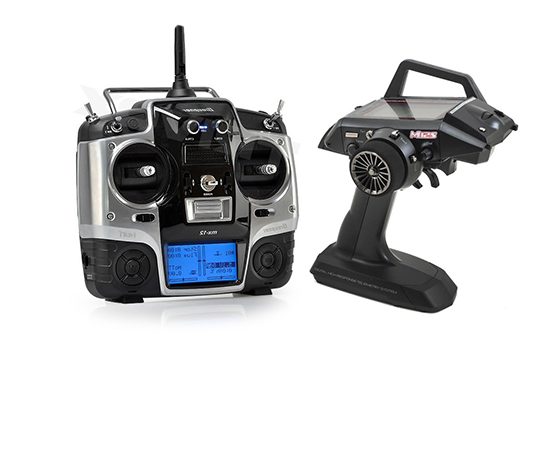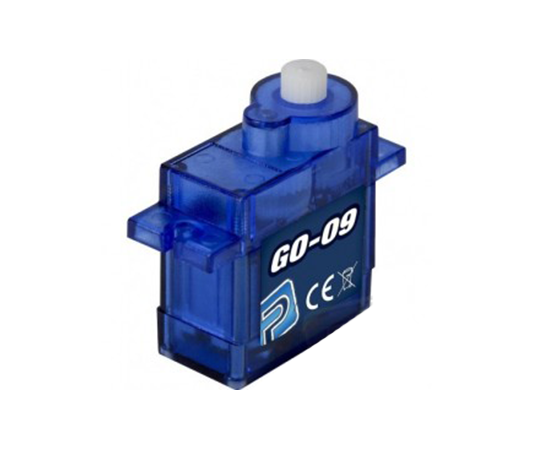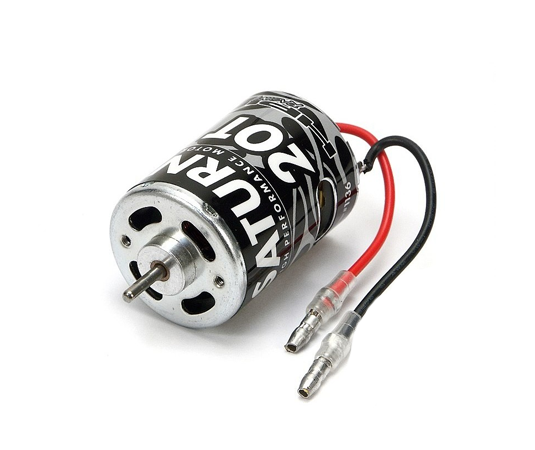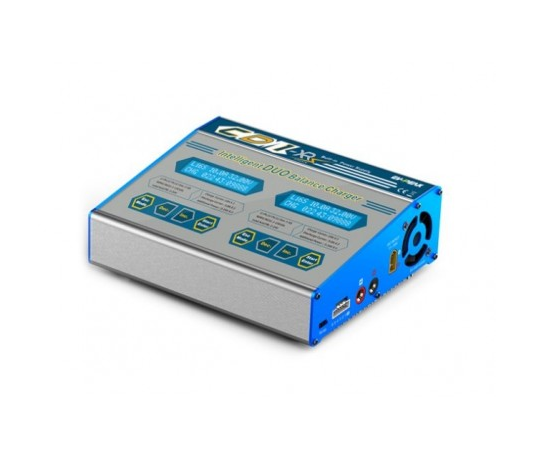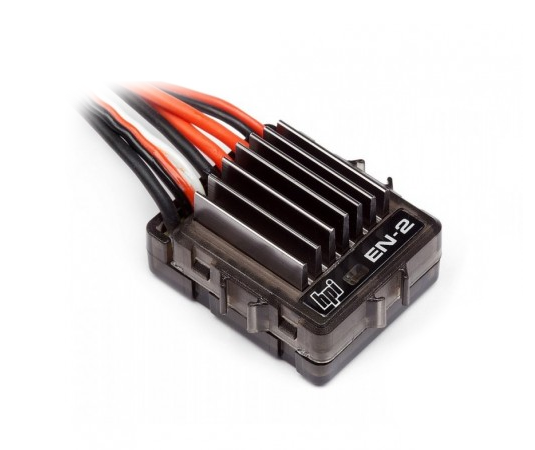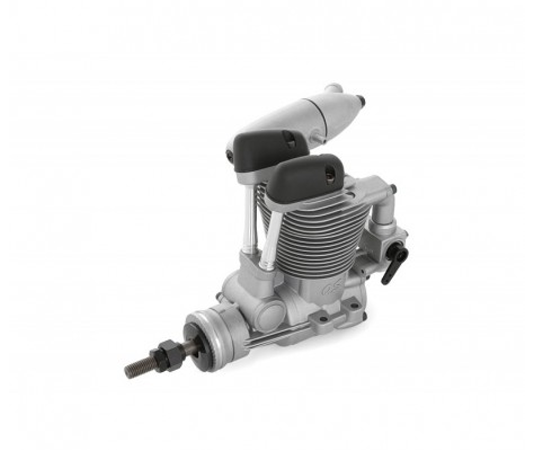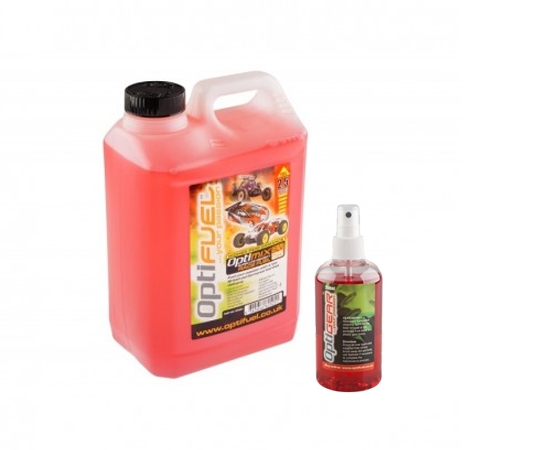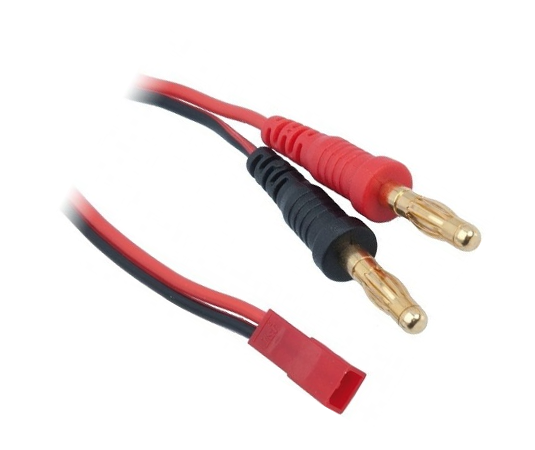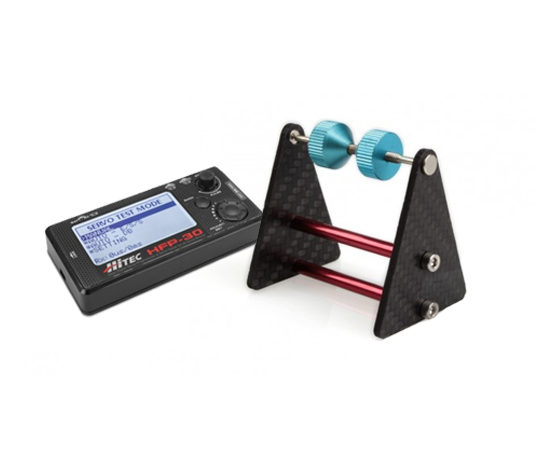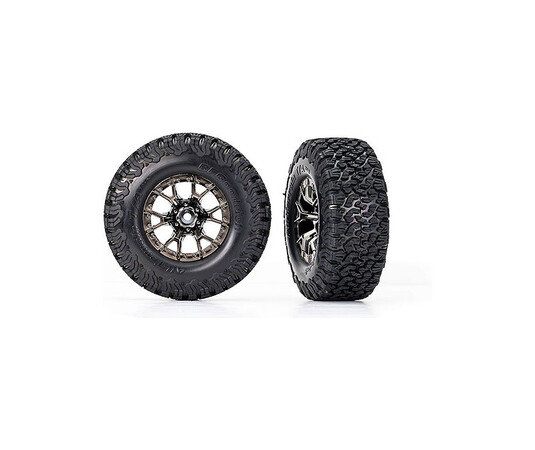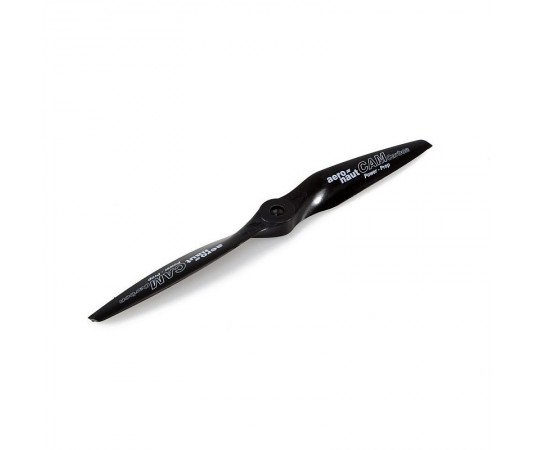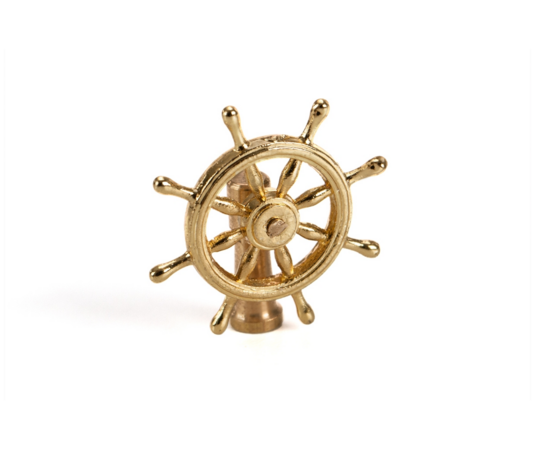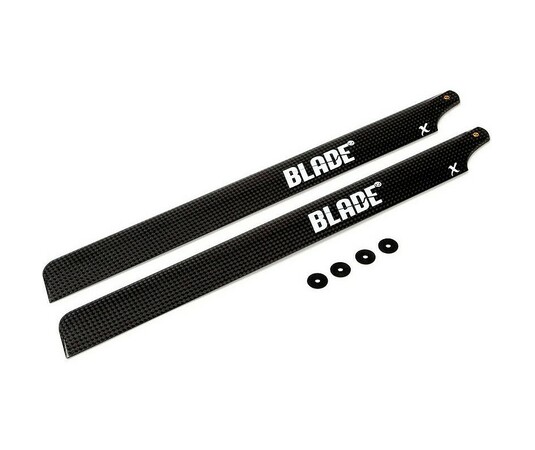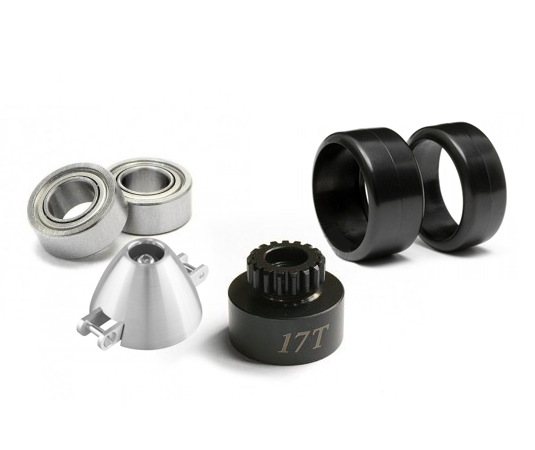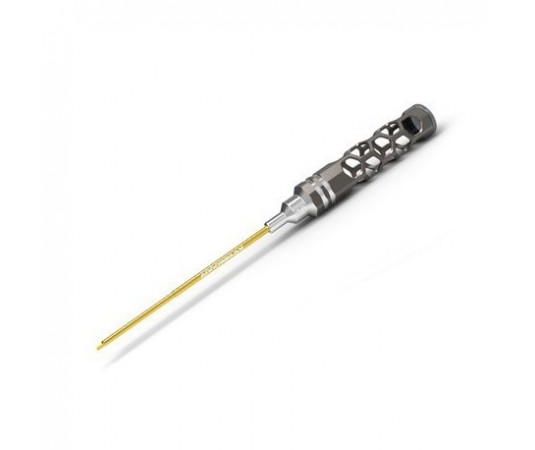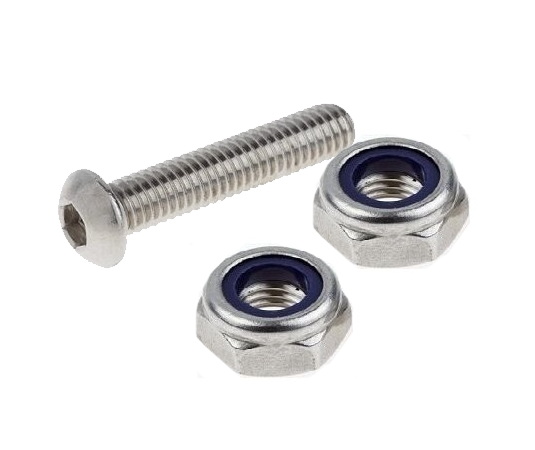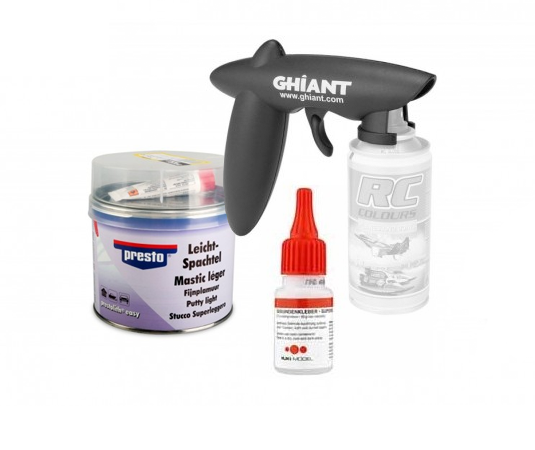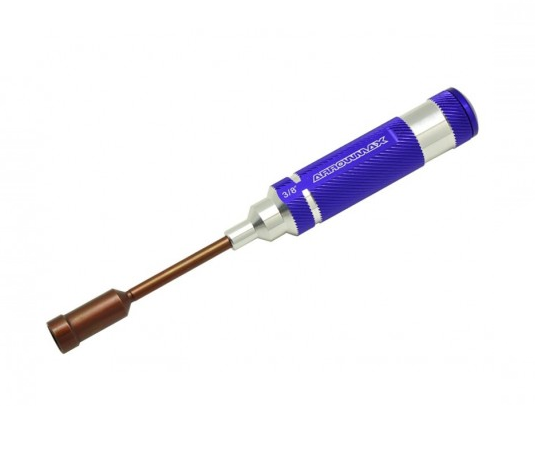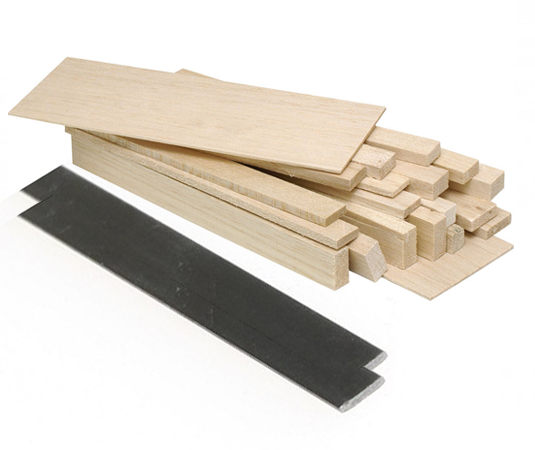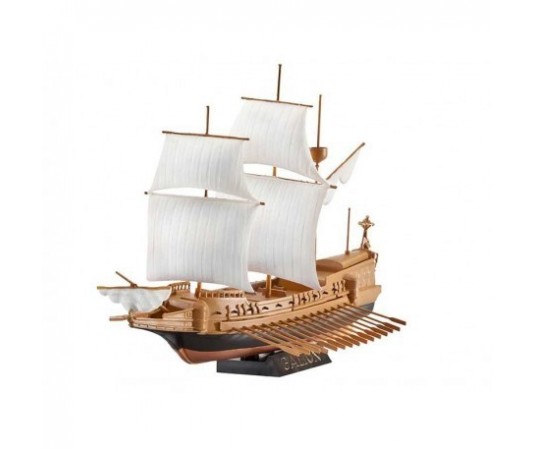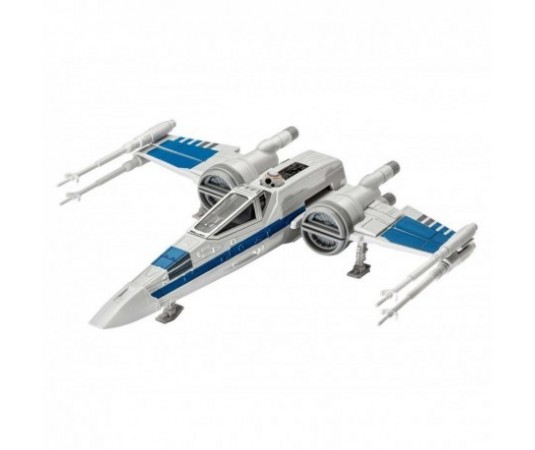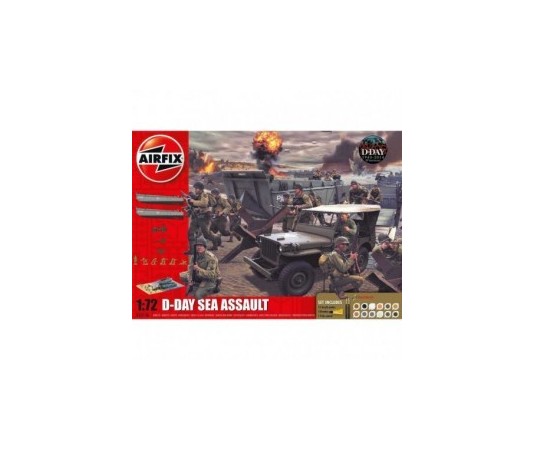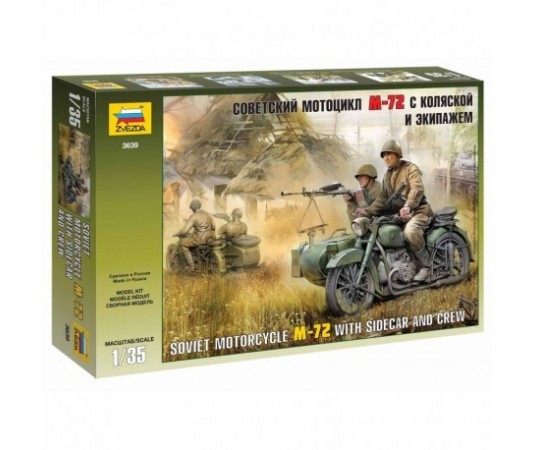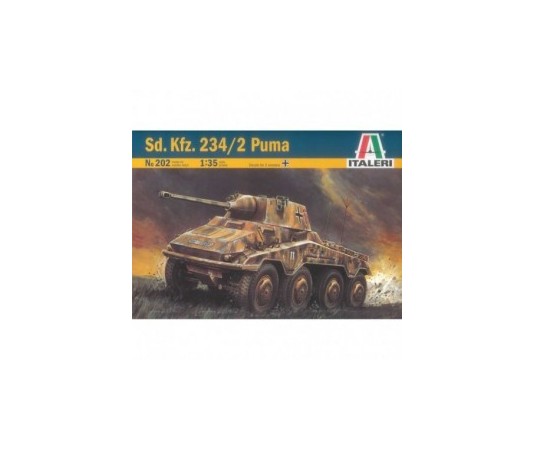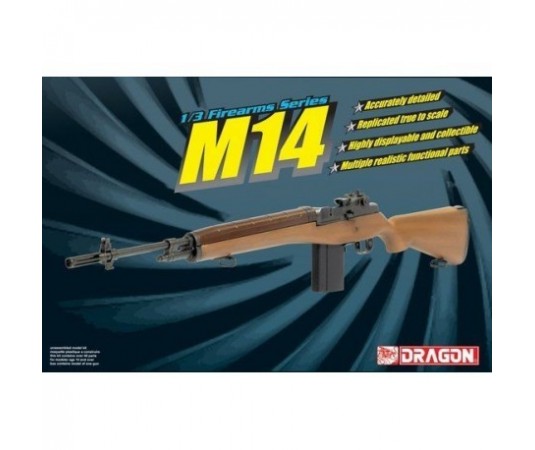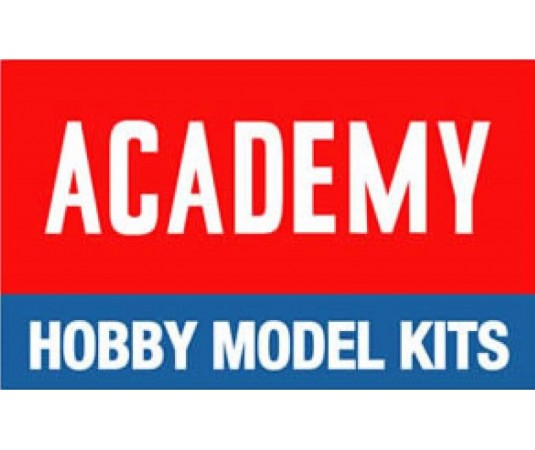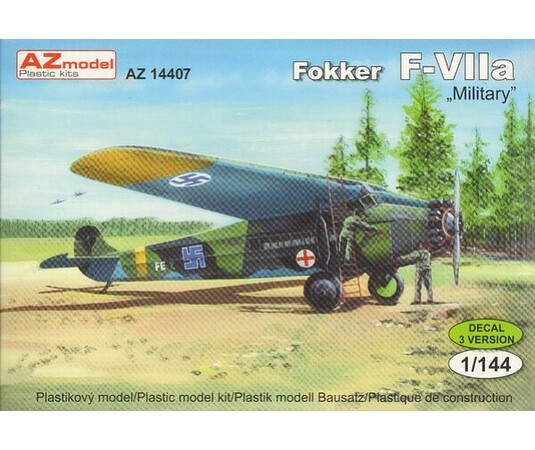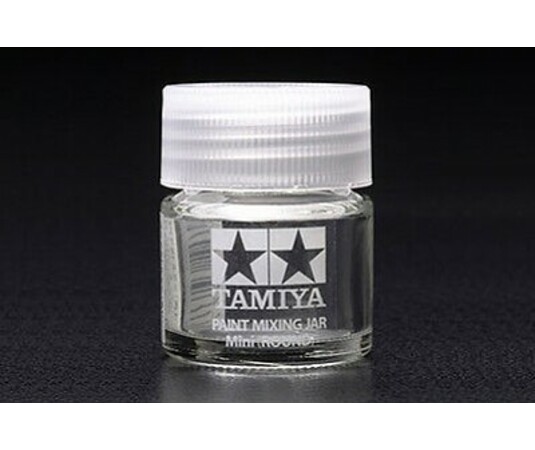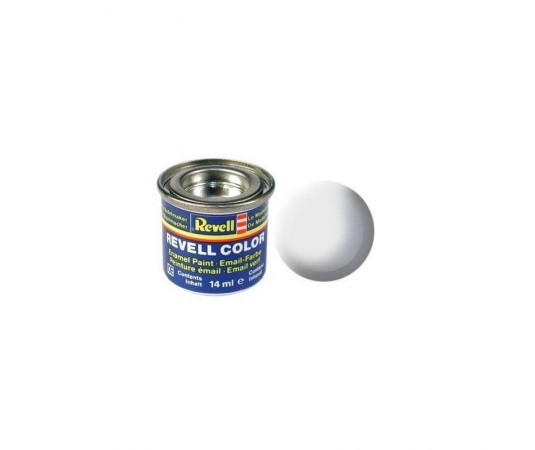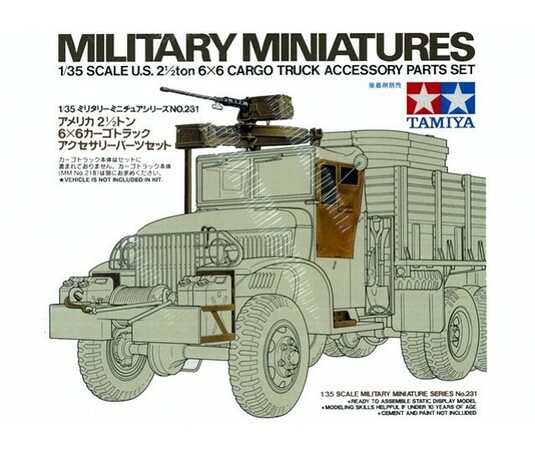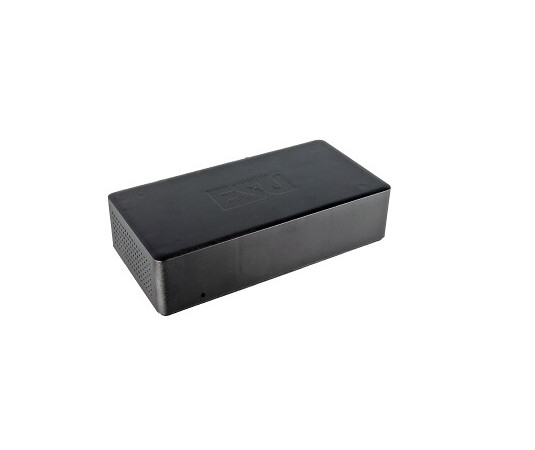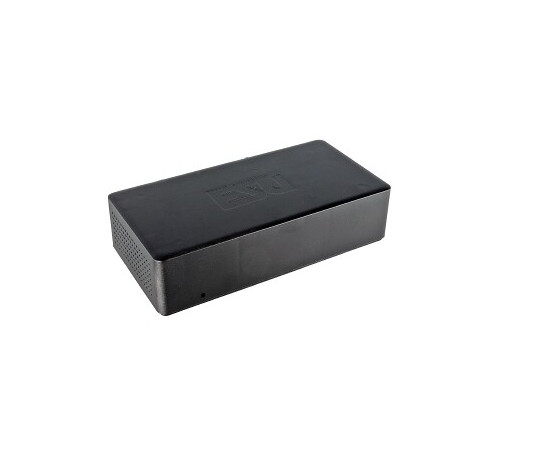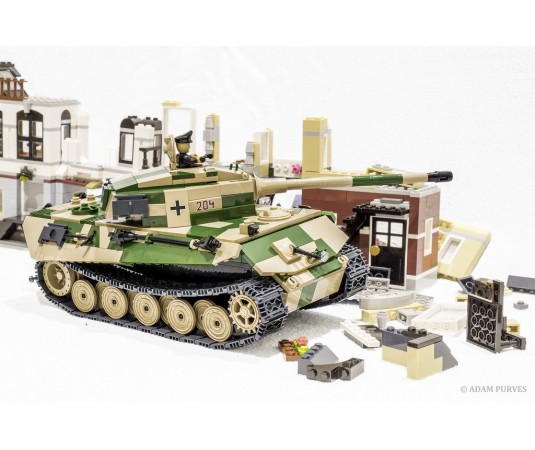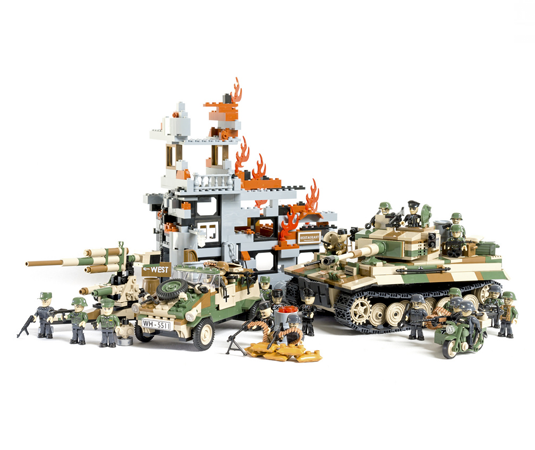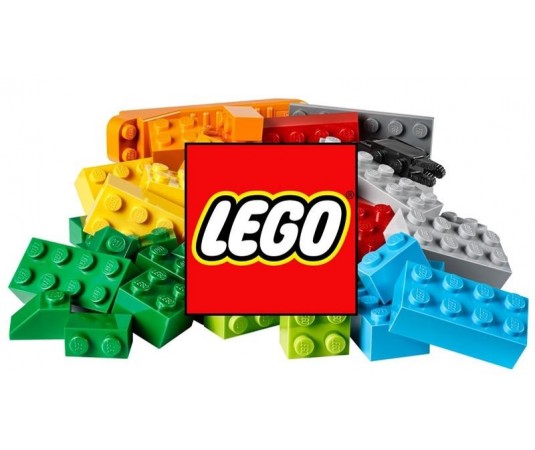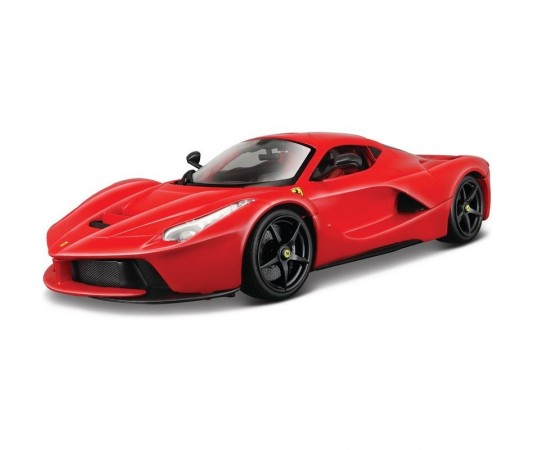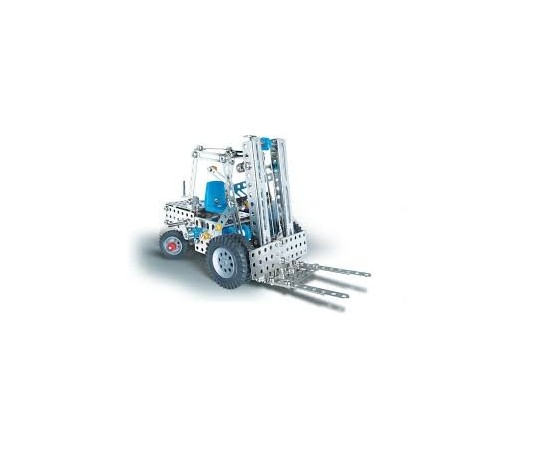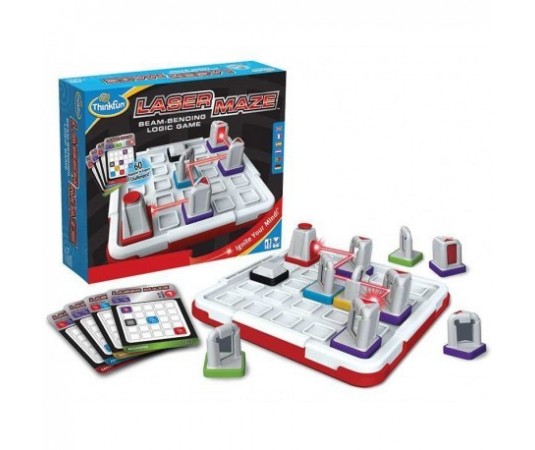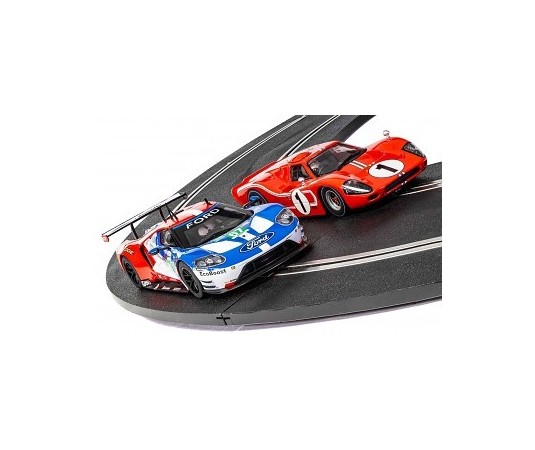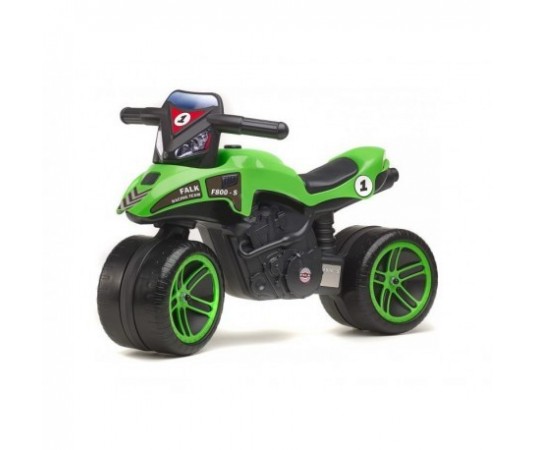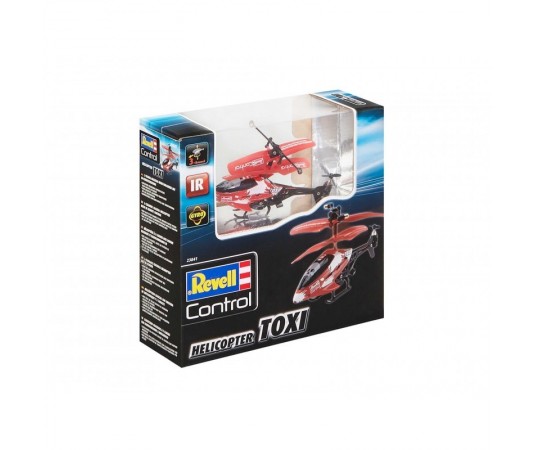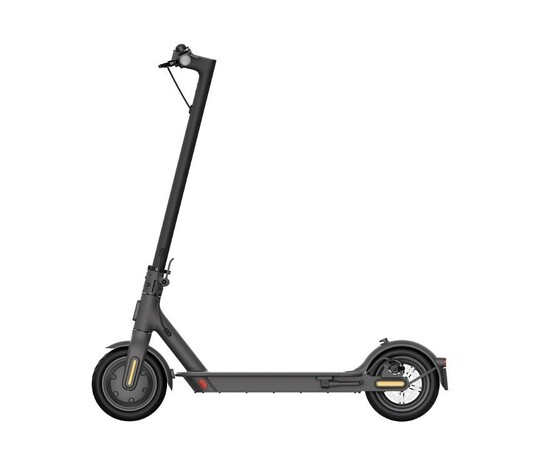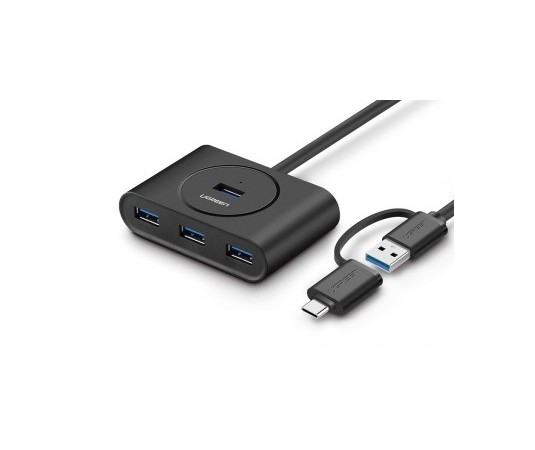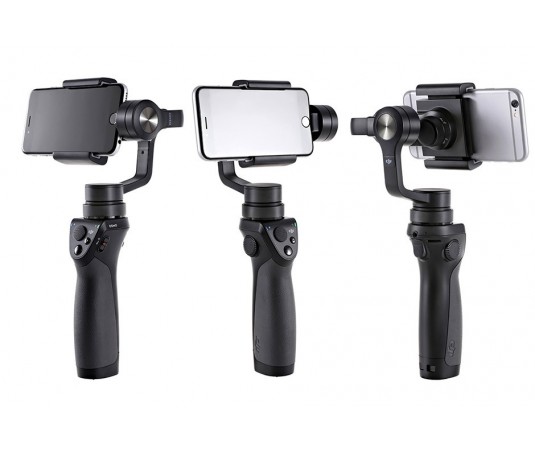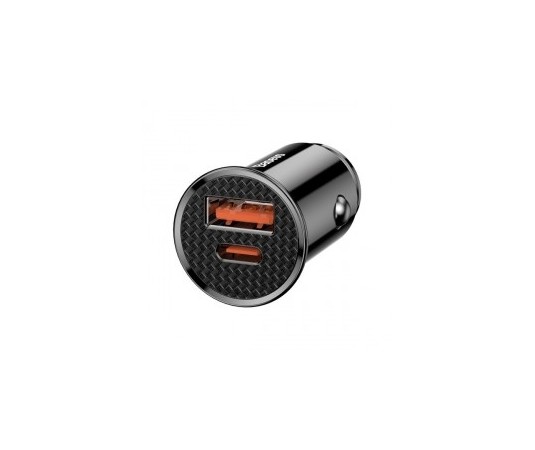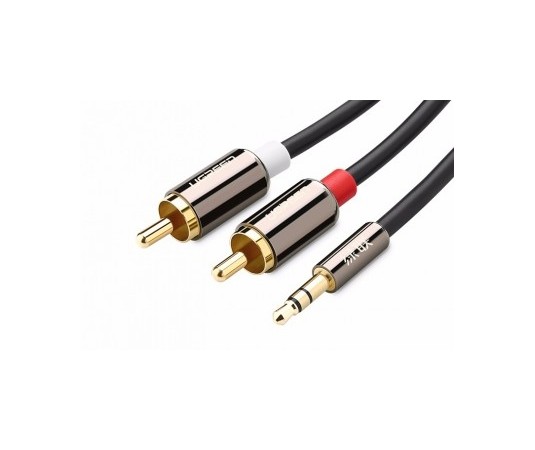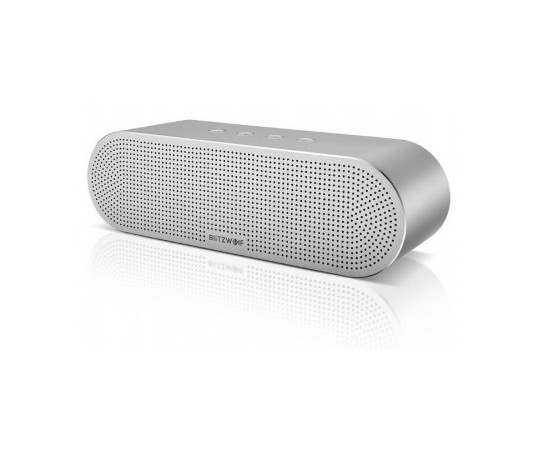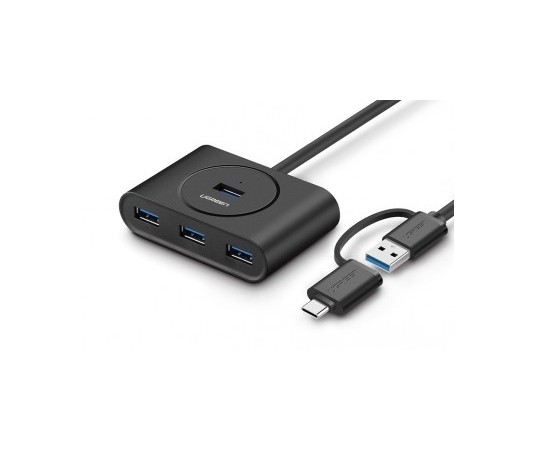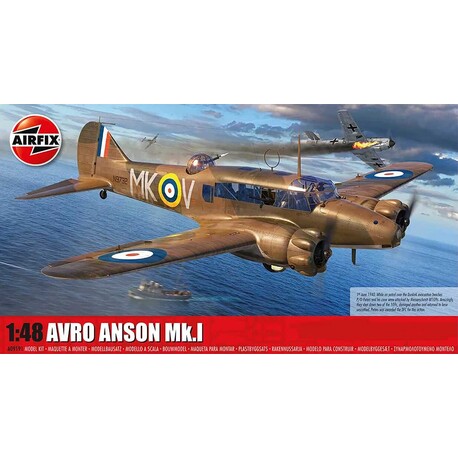- -13.16 €
Classic Kit aircraft A09191 - Avro Anson Mk.I (1:48)

Express delivery

Large selection of carriers

Satisfaction guarantee
Model plane to be glued. Size: 1:48; 26.9 cm. The package contains: 175 pieces to glue together.
Original and model information:
Avro's most widely used aircraft, the Anson was one of Britain's most important aircraft during the war years and served to train thousands of aircrew before joining front-line operational squadrons. It was also the first RAF aircraft with retractable landing gear.
Although the Avro Anson is not generally regarded as one of the most fashionable British aircraft to have served in the Second World War, it was nonetheless one of the most important not only of the inter-war period, but of the Second World War itself, and deserves more recognition than it usually receives. The Avro 652, whose development began in 1933 with the idea of creating a modern fast long-range charter aircraft for the transport of mail, was still in development when the British Air Ministry issued a requirement for a twin-engined reconnaissance multi-role aircraft capable of performing a variety of roles both for the Royal Air Force , so for the Royal Navy.
The Avro team believed that their upcoming aircraft would be ideal for the role and later entered it into an official evaluation program against the competing de Havilland DH89M, the military version of the Dragon Rapide biplane. The commission appreciated that the Avro candidate had greater range and endurance, and although there were several areas that required some design modifications, an initial order was placed for 174 aircraft in the military version. The Avro 652 was named Anson after an 18th-century British admiral, which didn't sit well with everyone at the Air Ministry, but given that the aircraft was intended for maritime patrol, the designation ended up being quite appropriate.
Avro Anson became a really important machine. When it entered service with No. 48 Squadron at RAF Manston in March 1936, it became the first monoplane to fully commit to military squadrons and the first RAF aircraft with retractable landing gear. By this time, the modern Anson was rapidly attracting the attention of several other countries, and in order for Avro to capitalize on this interest, some of the aircraft on existing RAF orders were diverted to cover these requirements, with full production forcing Avro to open new production facilities in North West England. The RAF Anson Mk.I was armed with a fixed forward-firing 7.7mm machine gun operated by the pilot and a single Lewis gun mounted in a manually operated rotating dorsal turret. It could also be fitted with a modest bomb load, which was required primarily for the anti-submarine aircraft operated by Coastal Command, and although there are no reports of Anson ever sinking any U-Boots, their presence kept these dreaded German predators under water.
During the evacuation from Dunkirk, the Ansons deployed to cover the operation came under fire from Messerschmitt Bf 109 fighters, which had real trouble with the slow British aircraft. Continually the Ansons were overfired until they were themselves in the crosshairs of their front guns and two Luftwaffe aircraft were surprisingly shot down and a third badly damaged, all the Ansons escaping the engagement unscathed. Although the RAF entered World War II with 26 squadrons equipped with these aircraft, the Ansons were essentially obsolete as fighting machines and those assigned to Bomber Command in particular were quickly relegated to secondary training roles, for which the "Loyal Annie" "She was very fit. As part of the Empire Air Training Scheme, she trained many thousands of aircrew for service with Bomber Command in Great Britain and overseas, including those who were to serve on Avro Lancasters, the massive bombers that were produced in some of the same factories , in which the Ansons used to be built.
In the end, almost 11,000 Ansons were produced and the last example was withdrawn from service with the RAF only in 1968, where until then it functioned as a station communication aircraft.
Recommended colors (Humbrol):
-
Model Details:
Scale: 1:48
Number of parts: 175
Length: 269 mm
Width: 359 mm
Height: 83mm
Difficulty: 3
Points Flying Hours: 3
Recommended for children from 8 years old.
Warning: Danger of suffocation! The product contains small parts. NOT SUITABLE FOR CHILDREN UNDER 3 YEARS!


